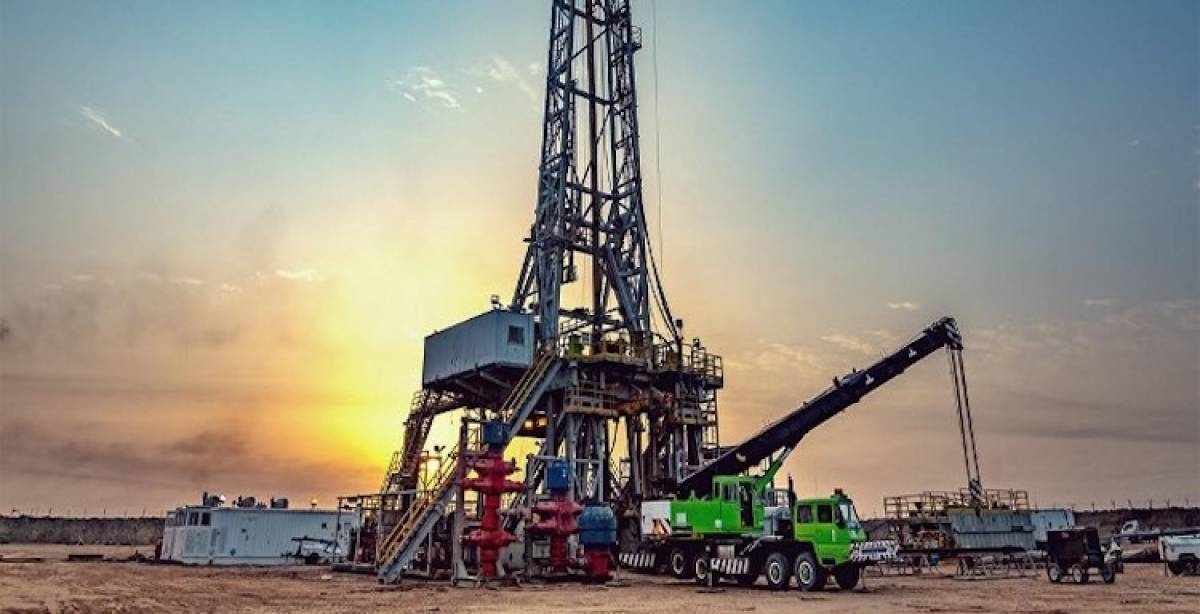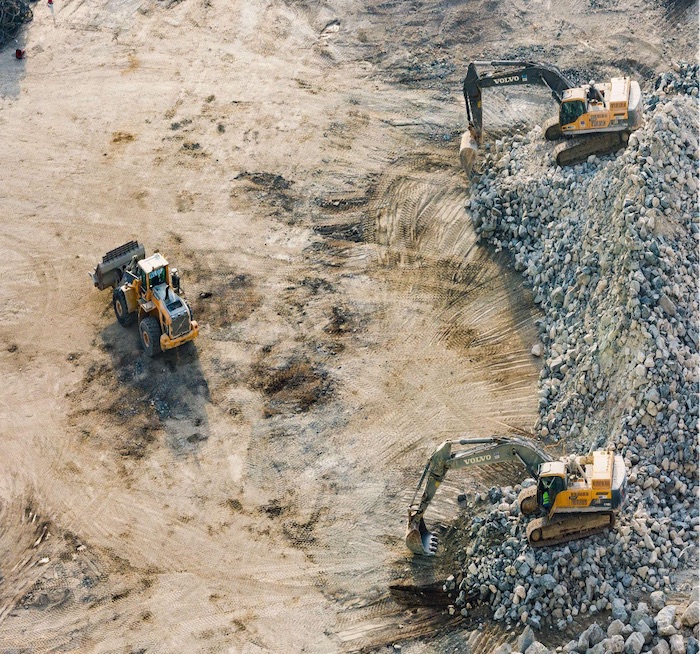The Types of Mineral Rights Ownership You Can Have

The government owns oil and gas deposits in most countries. However, in the United States, the vast majority of minerals are owned by individual citizens.
Minerals can be separated from the surface, resulting in two distinct chains of title or ownership, which are complicated further by the many types of mineral rights.
Types of Mineral Rights
If you wonder to know what are mineral rights, let’s discuss the types.
Mineral rights are classified into six types: mineral interest (MI), royalty interest (RI), Overriding royalty interest (ORRI), working interest (WI), non-operated working interest (WI), and net profits interest (NPI).
We’ll go over each of these quickly before delving deeper into the six most prevalent mineral rights ownership.
Mineral rights ownership can be gained through inheritance, purchase, or court order, and each sort of mineral right has its own set of advantages, disadvantages, and risk profile.
If you’re interested to know how and where to have the mineral rights for sale, please be with us.

I. Mineral Interest (MI)
Executive Rights to Exploration, Development, and Production of Minerals
The most frequent sort of mineral right is a mineral interest.
Mineral interest holders have the authority to explore, develop, and produce minerals in, on, or beneath a specified parcel of property.
Owners of mineral interests are entitled to a lease bonus, delay rentals, and royalty money.
Background:
A fee-simple estate owner owns both the surface and the minerals. When mineral rights are transferred to another person or business, they are “severed” from the property, and a new chain of title is established.
A fractional or undivided mineral interest is when a person owns less than 100 percent of the minerals.
If Sam dies and passes his mineral interest to his two children, John and Sarah, they receive half of it. Let’s say John dies after 30 years, leaving his share to his two children, Liz and Jane. Sarah now owns 50% of the minerals, with Liz and Jane each owning 25%. It’s simple to understand how a mineral estate might swiftly become divided among dozens (or even hundreds) of owners in just a few generations.
The owner of a non-executive mineral interest (NEMI) does not have the power to execute an oil and gas lease, which is comparable to a mineral interest. The executive rights are frequently kept by the surface owner (and fiduciary duties to the non-executive mineral owner).
Rights to Mineral Interests:
- Exploration, development, and production of minerals beneath a plot of land
- Sign an oil and gas lease to transfer the aforementioned rights to the lessee.
- Get a leasing bonus upfront.
- Rental payments are delayed.
- Get royalties on a wonderful production.
Which is more important, minerals or the surface?
Believe it or not, the mineral estate is frequently dominant over the surface, granting the mineral owner the right to enter the property and use as much of the surface as is reasonably necessary to efficiently remove the minerals.
II. Royalty Interest (RI)
Royalty interests are the second most frequent sort of mineral right. When an owner of a mineral interest signs an oil and gas lease, they are leasing their mineral interest to a business that intends to drill one or more wells.
The mineral owner gets “royalty interest” by signing an oil and gas lease. The owner of a royalty interest is entitled to a percentage of the money generated by the sale of oil and gas without having to pay any of the costs connected with drilling or operating the well.
Reservation of Royalty
A royalty is “reserved” when a mineral owner signs an oil and gas lease.
This royalty reservation can be stated as a percentage or a fraction (e.g., 1/4 of production) (e.g., 25 percent of production). Royalty reservations range from 12.5 percent to 25 percent depending on the area.
Several Leases
Because some leases include a depth clause, many oil and gas leases for a single parcel of land are workable. These leases may have varying expiration dates.
Releasing an Oil and Gas Lease
When the oil or gas well(s) cease production, the lease is ended, and the royalty stake is forfeited. The owner of the mineral interest is free to lease it to another company. When the lease expires, you may hold simply a royalty interest and lose your mineral rights.
Term Royalties
A term royalty is a royalty stake in oil and gas that is only valid for a certain time. For example, the term could be a certain number of years or the duration of a specific lease. The term royalty, like a common royalty interest, is relinquished when the period expires.
Rights to Royalties Interest:
- Get royalties on wonderful production (free of the cost of production)
Holders of Royalty Interests:
- Do not have the right to use the surface.
- Do not participate in the cost of drilling or operation of the well (s).
- Have no authority to sign an oil and gas lease.
Some mineral owners elect to sell all or a portion of their royalty interest while keeping the mineral interest and executive rights in their family.
Because the rights are ended when the lease expires, selling solely the royalty interest usually results in a lower price.
III. Working Interest (WI)
An oil and gas lease between the mineral interest owner and the business that will drill and operate the good grants a working interest (WI).
The working interest owner may explore, develop, and produce the minerals beneath the land under the terms of the oil and gas lease. The owner of the mineral interest reserves a royalty (modern leases usually reserve 25 percent).
Because the working interest holder bears all expenses, they often receive a considerable portion of the royalties (upward of 75 percent or more).
Working Interest Rights:
- Oil and gas exploration, development, and production rights
- Royalty rights to a high percentage
- Tax benefits
Obligations to pay royalties:
- Obligation to pay all costs related to well drilling and operation (x)
Working interests are classified into two types: operated and non-operated. Non-operated working interest owners do not make operating decisions but must pay for drilling and operating costs.
The working interest is by far the most dangerous sort of mineral right. While the upside potential is considerable, and tax breaks can help offset losses, many working interest owners have lost everything.
IV. Overriding Royalty Interest
An Overriding Royalty Interest (IORRI) is a fractional, undivided interest that grants the right to receive earnings from the sale of oil and gas. It is not a stake in the minerals themselves, but oil and gas sales revenues.

ORRIs are frequently assigned as remuneration to geologists, petroleum engineers, landmen, and other specialists.
Overriding Royalty Interest Agreement
Overriding Royalty Interest is carved out of the well’s working interest (WI) and is typically given as financial compensation to geologists, landmen, and other oil and gas professionals.
Overrides are Cost-Free
An overriding royalty interest is exempt from production costs. The owner does not invest in drilling or share well-operating expenses.
Overriding Royalty Interest Expiration
Overriding Royalty Interest (ORRI) contracts expire when the oil and gas contract expires. It is not a mineral interest, but a portion of the production.
When the well or wells become uneconomical, the lease is ended, and both the royalty and overriding royalty interest are ended.
V. Non-Participating Royalty Interest (NPRI)
An NPRI is carved out of the mineral estate and is a stake in the proceeds of the mineral sale. The NPRI owner, unlike a mineral interest owner, does not have “executive” privileges, which means they cannot sign an oil and gas lease or take part in the benefits of lease bonus or delay rentals.
NPRIs can be difficult to understand. Fixed and floating NPRIs exist, and each is calculated differently. Because there are several exceptions to the general guidelines, it is essential to have an oil and gas attorney review the original granting clause and answer questions you may have. If a mineral estate is burdened by an NPRI, a mineral owner may own less than intended.

VI. Net Profits Interest (NPI)
Net Profits Interest, also known as Net Proceeds Interest, is an interest in a portion of the net profits. Royalty Interest (RI) holders receive a portion of the gross revenue, whereas Net Profits Interest (NPI) owners receive a portion of the net profits.
Because a Net Profits Interest is a non-operating interest, the interest owner is not required to pay any drilling or running expenses.
In Conclusion
Most people sell their mineral rights because they would rather have a colossal sum of money now than get falling royalty cheques. Oil and gas are limited resources, and all wells will eventually dry up. It is preferable to sell while there is still value in the property.




















